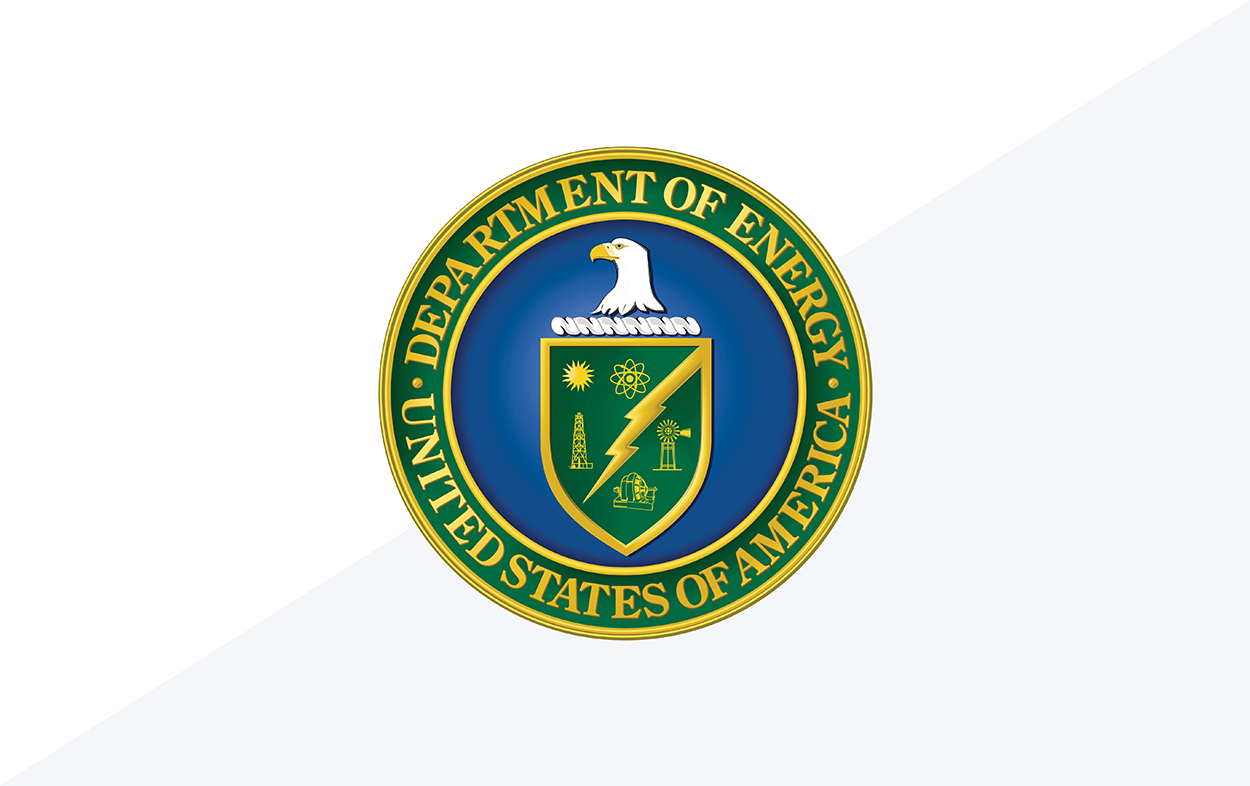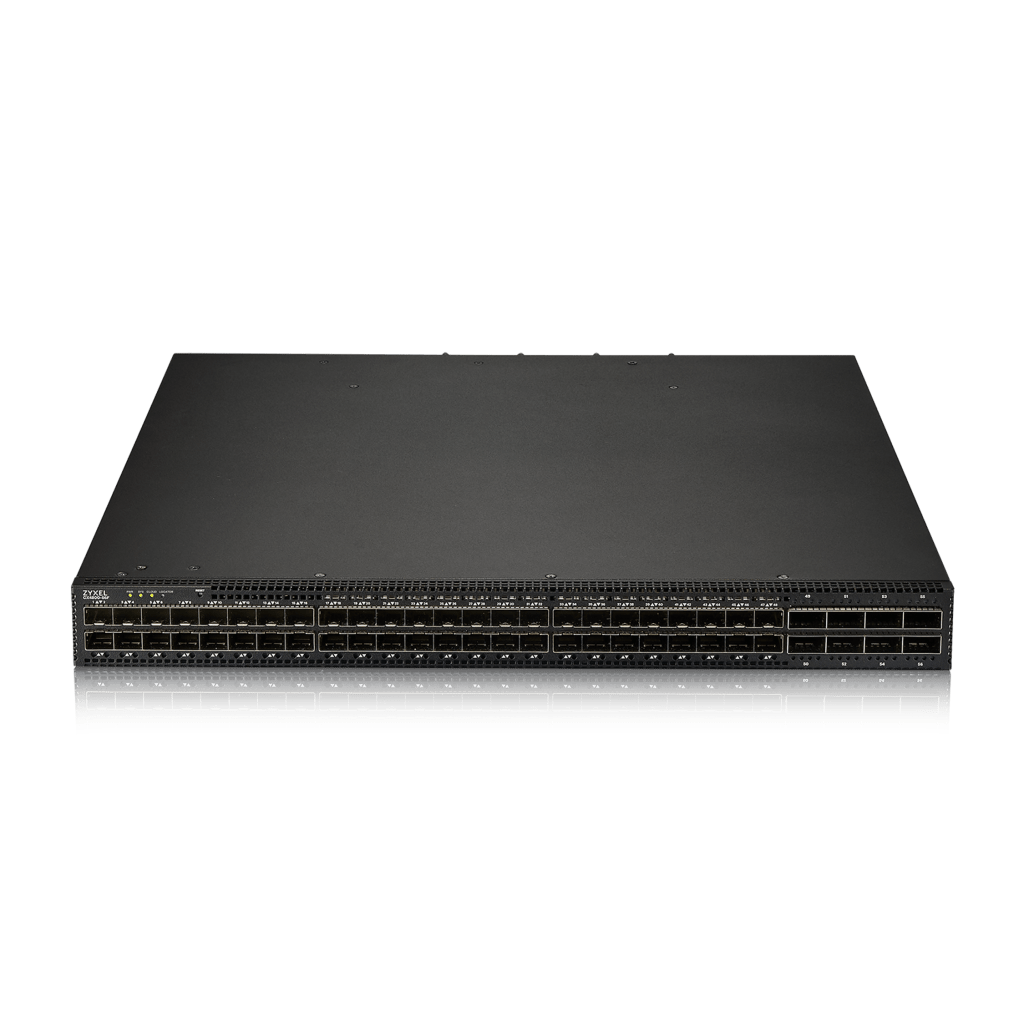
Nokia seems to have the same goal, but it is taking a different route to reach it. Rather than trying to assemble the ingredients of the kind of IoT needed for empowerment, they start with a recipe—the digital twin.
Digital twins are computer models of real-world systems, designed to assemble the state of the pieces of a complex process into an understanding of the process as a whole. IoT feeds the model, and the model’s logic allows what would otherwise be a bunch of disconnected data parameters to be seen in context of the mission overall. It’s not an application, but an application architecture or model. As someone with long experience in software architecture and IoT, I can say that Nokia’s digital twin would be an easier starting point for a developer partner. But Nokia, like Ericsson, seems reluctant to make the connection to the missing 40%.
Why such a delay? Nothing is missing here. IoT gives us the ability to quantify the real world. Video and AI analysis gives us the ability to give applications a window into the most powerful human sense, vision, to see what workers are doing. AR/VR glasses can use that same visual sense to direct work behavior, providing information and even guiding movements. Yes, the challenges of being part of work itself are greater than measuring the results of work or planning how to direct it, but can you think of a piece of the challenge we can’t meet? I can’t, so perhaps we need a different kind of vision, a holistic vision of the future of work itself.
What’s different about empowerment today? It’s not just the target, it’s the relationship between technology and empowerment. Cisco’s network dominance started with a single network card for a Digital Equipment Corp. minicomputer, which filled the need for an open, multi-vendor, approach to networking as the number of computer vendors exploded. Today, we have AI, digital twins, IoT, AR/VR, robots, and a bunch of other things already waiting to be exploited, but doing that will demand a unifying concept or model to link them to our missing 40%. Think of the challenge as doing a jigsaw puzzle. It’s easy when one piece remains, but not so when whole blocks of pieces are still mixed on the table. Who, among all our vendors, thinks they can put them all in place? Who’s willing to try? Who will win?
The one who sings best, probably. More than anything else, what our tech world needs is broad interest. Tangibly, that builds support for transformational projects within enterprises. Intangibly, it builds buzz or hype that promotes vendors with prospective buyers and with Wall Street. Ericsson and Nokia are taking very different paths toward our missing 40%, but it’s going to come down to the one that tells the best story, that excites the market with the potential. Since neither company is known for its ability to move PR mountains, that may be the biggest challenge they, and we, face.
But let’s go back to our jigsaw puzzle. Yes, realizing the common theme to link the pieces still missing could accelerate progress, but one piece at a time still works. At some point, what requires a vision of the future requires only a process of fitting tools to gaps. If neither Ericsson nor Nokia can see the future today, can someone else? If not, we’ll still get to the future anyway.



















